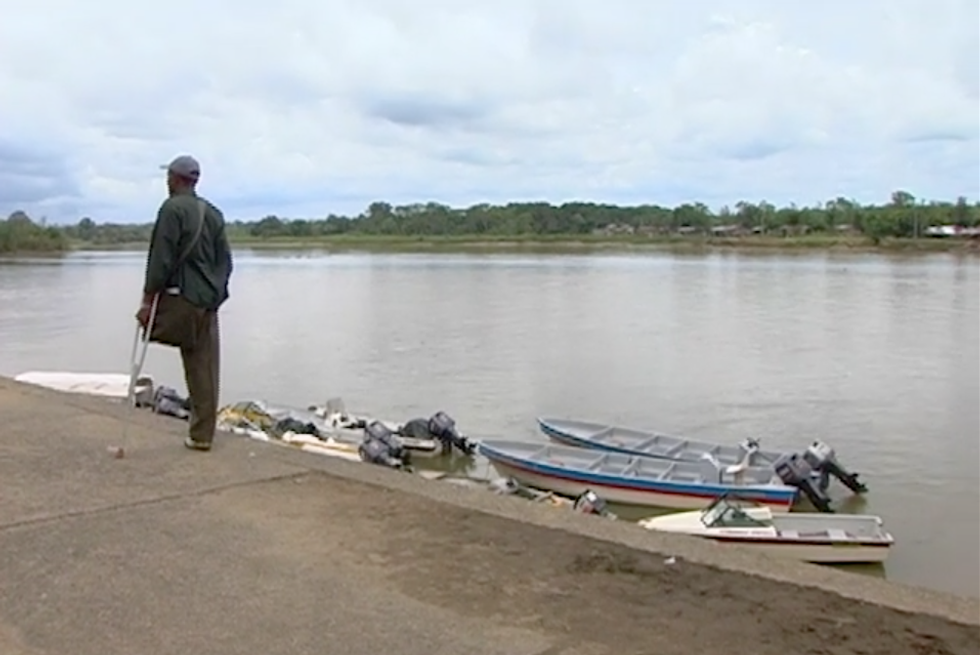Mutilation as Quotidian
From the Series: Bodies at War
From the Series: Bodies at War

A feature-length documentary directed and filmed by Emily Cohen Ibáñez, Bodies at War (2015) presents a compelling visual narrative about the civil war in Colombia by focusing on those disabled by stepping on landmines. She had unusual access that enabled her to film scenes of surgeries to repair amputated limbs, the rehabilitation process as people (mostly men) struggle to learn to use their new prostheses, and medical staff who try to help heal the wounded with limited resources. She also was able to film scenes of soldiers preparing to search for landmines and of government officials who present rationales for the slow efforts to remove landmines while the guerillas were continuing to plant them around the country. Perhaps most poignant were the interviews with men who have lost a limb and narrate their struggles to move their bodies so as to make a living and support their families as well as maintain some sense of dignity. These men illustrate how they put on their prostheses and how bulky and heavy they are, which impedes their mobility. We hear the story of one afro-descendiente where guerilla fighters left a landmine on his doorstep and then seized his land and all the crops he has labored on for years. Another young man plays soccer with other men who have lost a leg, trying to maintain a sense of joy in the midst of their emotional and physical devastation. We see footage of athletic competitions—using bicycles or handcycles—in which the competitors master the discipline and emotional and physical strength that any athlete calls upon when performing in events. And a collection of hand-crafted prostheses illustrates the creativity of those who cannot access professionally produced products.
Cohen Ibáñez historicizes these individual and political struggles by placing them in a larger context with footage of how the war evolved. Thus, the viewer gains a sense of the stakes in the struggle and how Colombia became one of the nations most affected by landmines. She presents an unflinching view of the corporate industries that grew up around rehabilitation, how the state was only able to fund poorer quality prostheses that are difficult to use, and the ambivalence people feel toward humanitarian campaigns that may falter when helping them recover from their injuries.
Overall, Emily Cohen Ibáñez presents a powerful perspective on how mutilated bodies and recovery are quotidian struggles, part of the everyday landscape in postwar Colombia. This film leaves the devastating image that the war, in which peace was being negotiated while she filmed, will leave long-term effects of pain, suffering, and regrets by those powerless to enact structural change. And she leaves the lesson that anthropologists can be present in their documentaries, as we hear her asking questions and unobtrusively filming scenes that are politically or emotionally delicate that honor people’s desire to represent themselves in their own ways. In short, she illustrates a self-reflexive anthropological gaze that moves beyond voyeurism toward compassion and leaves us wondering how we can become more engaged.